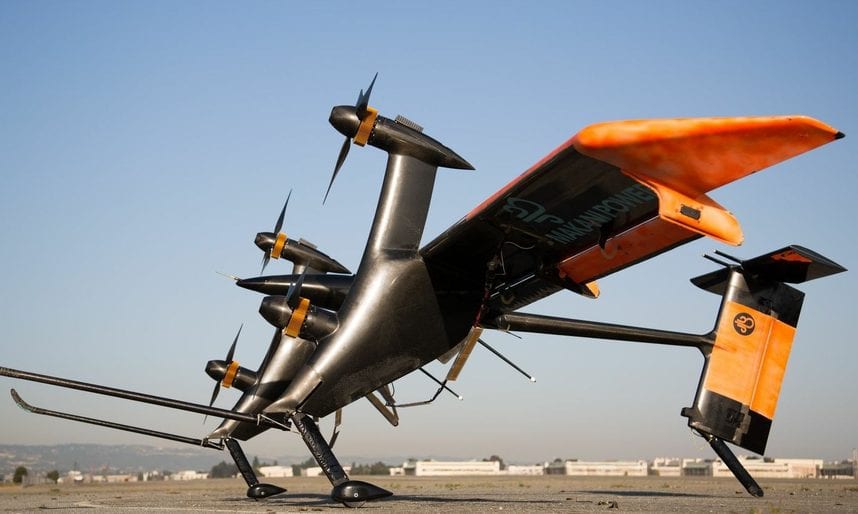Makani Power, a US firm developing airborne wind turbines that was co-founded by Australian Saul Griffith, has been sold to technology giant Google.
The details of the transaction were not disclosed, but Google had already invested in the project, injecting $10 million in Makani back in 2006 and following this with a $5 million investment in 2008.
According to reports from the US, Google intends to fold the company into its Google X division, which is producing Google X and looking to develop self-driving cars.
“This formalizes a long and productive relationship between our two companies, and will provide Makani with the resources to accelerate our work to make wind energy cost competitive with fossil fuels,” Makani wrote on its website this week.
Google X Director Astro Teller said Makani’s “kite-power” prototype had opened the door to a “radical new approach” to wind energy.
“They’ve turned a technology that today involves hundreds of tons of steel and precious open space into a problem that can be solved with really intelligent software. We’re looking forward to bringing them into Google.”
Makani said the Wing 7 kite-power prototype had just completed its first ever fully autonomous flight. It claims that the wing-shaped high-altitude kite design can produce 10 times more energy than conventional turbines.
“We look forward to working with our new colleagues at Google … to make airborne wind a cost-effective reality,” Makani wrote on its website.
Griffith is a graduate from University of NSW and the University of Sydney. In an interview in 2010, he explained in an interview with this journalist how the technology would work. He said they were designed to tap into greater wind speeds up to 4,000m above the surface.
A video of its first test flight can be seen here.
“Most people will have seen a wind turbine – a normal looking wind turbine, which is three blades on the end of a very big stick,” Griffith said in the 2011 interview.
“So, 75-80 per cent of the energy that’s produced by that wind turbine is produced in the 25 per cent of the tips, so only the tiny little bit at the very wingtip of those huge machines is producing the majority of the energy. The insight that drove Makani [Power] was, well, let’s get rid of everything else except for that little tiny piece of the wingtip.
“And so we built, really, quite astounding wings – they’re autonomously controlled and they fly in circles. Ideally we’ll be flying them at 2,000-3,000 feet up in the atmosphere, eventually. And they’re tethered to the ground by a cable that brings the electricity back down to the ground and, as the wind makes them fly in circles, very small turbines on the wing actually bring the energy back down to the ground.”
There’s a lot of debate about whether this concept can actually work – considering also that conventional wind turbines are already cost competitive with fossil fuels. I guess Google will find out.
Cathy Zoi, an American who was the founding CEO of the New South Wales Sustainable Energy Development Authority and the Assistant Director General of the New South Wales EPA, was appointed to the board of Makani in January.










